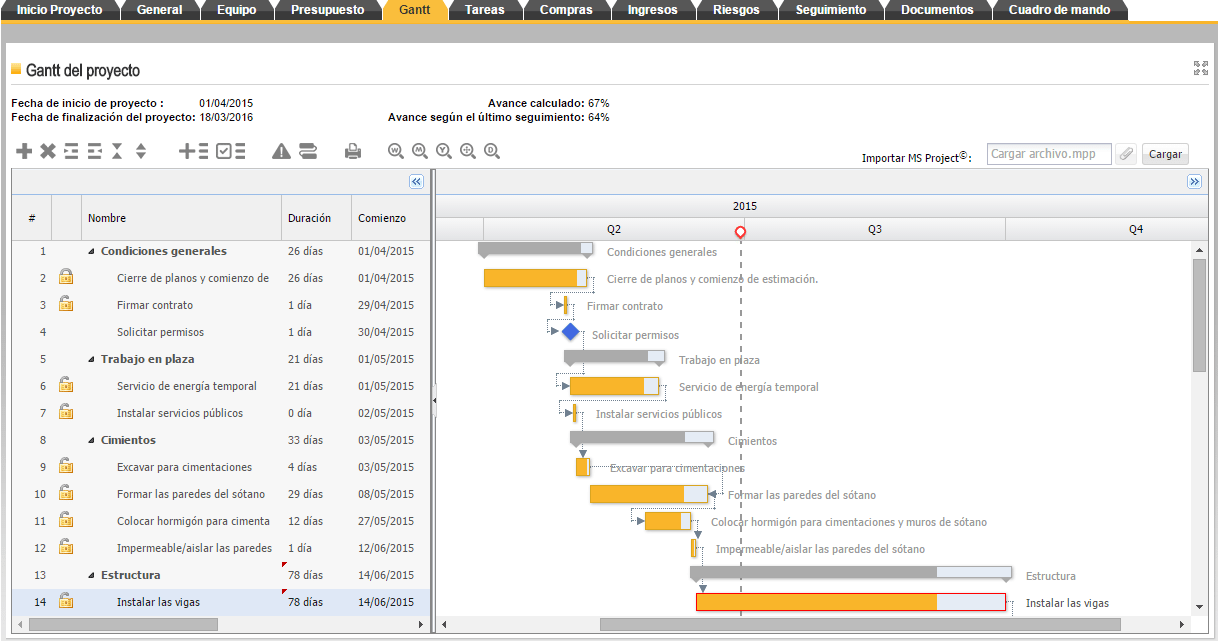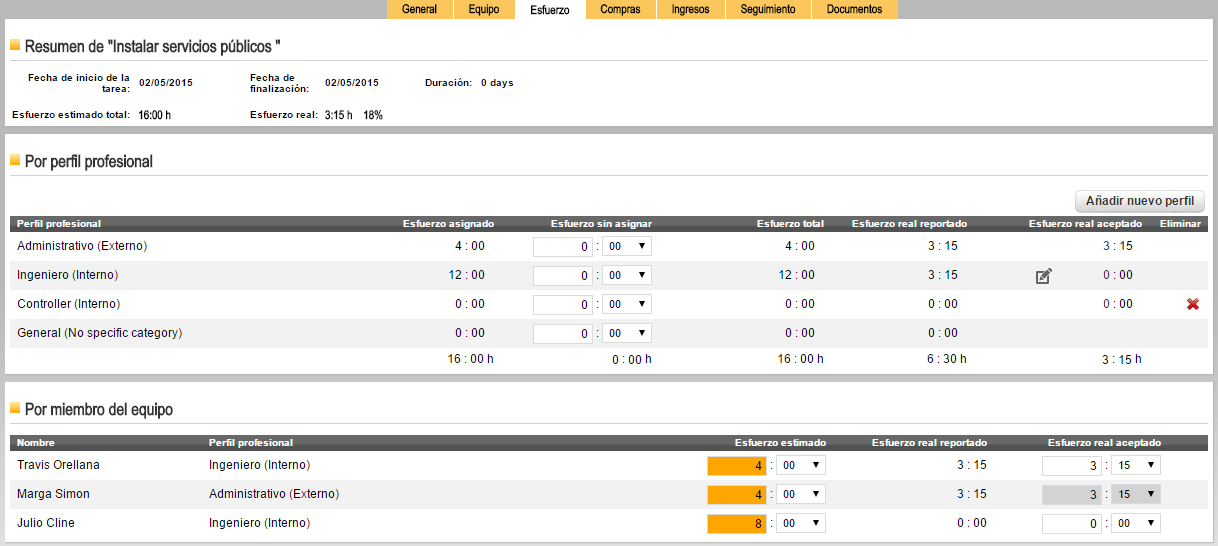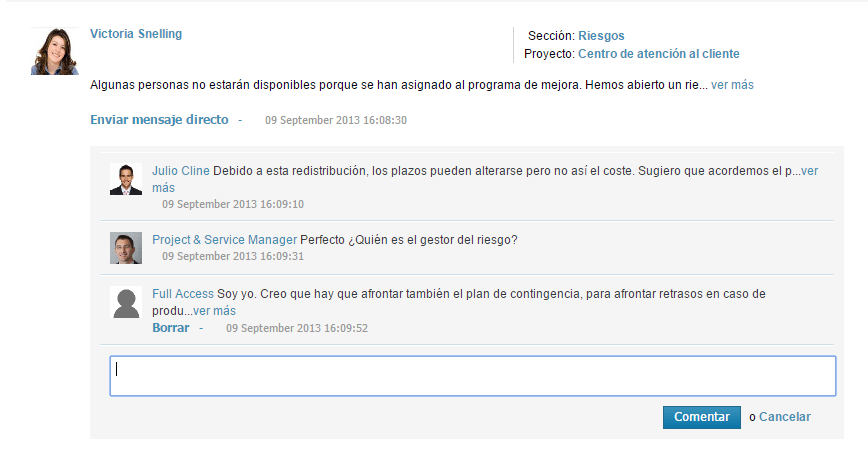- Nowadays, many companies have decided that teamwork is the most effective method of getting things done. But what happens during difficult times like a change of deadline, or change in work approach?

Then you, as the person in charge of the project’s administration, have to motivate everyone and simultaneously prove that collaboration is the best option.- Team management experts see transparency as a way to make everyone feel that they are part of the team. As such, before undertaking any changes or difficult situations, it is best to be upfront: Give a convincing and clear explanation for what is happening.
- You should indicate how this change will better the perspectives of the team or how it will help the clients. However, not all team members may get it the first time. They will need to see firsthand, how this change will improve their prospects. In other words, talk openly with each one of the members. Pause and make sure you are fruitful conversation.
- Let them ask questions and present their doubts. Give them honest and tangible answers. Good team management starts when all employees see themselves as an integral part of the work.
- Once everyone understands the situation, the project manager should present and outline a plan to get through it. While you can contribute ideas and advice that will help to move in the right direction, let the team determine and develop guidelines to follow. In this way, those working feel involved and the plan has a greater chance of success.
- Leave the ‘because I said so’ to the side. That alone will cause friction and put you against the team and the members will never want to contribute, even when the difficult times have passed. Let everyone contribute and comment, and once a final plan has been decided upon, communicate it clearly so that everyone knows what it is and can consult it.
- Now, it is time to launch the plan! Your job as team manager will be to ensure that every member knows what tasks to develop, and that no one falls out of line. It is easy for any team member to make small mistakes as the plan develops. Ask them to all make sure that they know what each of their other team members are supposed to be doing, so that they can pitch in if necessary.
- Of course the plan should be modified if other difficult situations arise. Being adaptable is another important point to consider with regard to project management.
- Once the rough patch has passed, evaluate the work done and congratulate all those involved. Everyone will feel more motivated, and will know that they can deal with the bumps along the way.
- Project and program management can often seem like the same thing, however it is important to highlight that there are differences between them. The things that distinguish them are the keys to guaranteeing good team management as well as proper classification of the roles of project and program manager.Let us begin by making the distinction between the two terms:When a project is large and consists of several other smaller, interdependent projects, it becomes a program. Program management can be complicated when undertaken by one person, and so it is recommended that the smaller projects be delegated to other people. In program management, some of the main functions include planning and executing one’s objectives, managing various tasks and actions that need to be carried out and writing reports that follow the overall progress and implementation of the project. In contrast, projects are temporary assignments with limited budgets, time frames and resources allocated to them .More specifically, a program focuses on a more comprehensive and final goal, while a project only has a one single objective. A program can only culminate when every one of the projects has been carried out successfully or according to plan.What competencies do the roles of project and program manager require?The program manager has to lead skillfully, setting targets to be achieved and ‘envisioning’ how these goals, once achieved, will affect the company. The projects included in the program must be defined well so as to follow along towards achieving the principal objective. In short, the program manager is focused on strategy and execution, delegating projects in an efficient and responsible manner and looking for the long term benefits of the program, not just the success of one single project included in it.
As for the project manager he/she is responsible for the individual operations of a project within a program. This role includes coordinating the necessary functions to be carried out according to the directions received from the program manager: project runtime, designated budget and available resources. Additionally, the project manager designates the necessary actions required for completion of the project among team members and delivers regular reports on the progress to the program manager.
A project manager’s work approach is more strategic and calculated than that of the program manager (who is focusing on the ‘global vision’ more than on the small things), because the work is centred on the the operative elements. The project manager’s work ends when the project is finished, however the program manager will be reviewing every process carried to determine what worked well and what did not.
Receive the latest blogs directly into your inbox
In this world, there are no two people who are exactly the same. Every single person has their own way of thinking and acting. It is this very diversity that allows society to evolve. What would the world be like if we all thought and acted the same way? Our brains tend to use the same patterns, which causes us to surround ourselves with people most like ourselves reducing our field of vision.
It is important to keep this in mind when it comes to project and team management. In a team of expert programmers, no one will be able satisfactorily make progress.
Therefore a team that is formed with complementary profiles in which the strengths of some compensate for the weaknesses of others will facilitate good project management and will increase successful outcomes.
As such, the diversity of a team should incorporate distinct personalities, abilities and work styles. A team of only introverted people may have difficulties finding a leader, while one full of ‘experts’ may cause unnecessary power struggles. If the team members come with varied abilities, you will have the most flexibility when it comes to programme management and task assignment. Different working styles will also improve the overall productivity of the team.
What are the advantages of a diverse team?
- Better decisions: There are various ways to tackle a problem. Diversity of opinions will offer a higher number of solutions where we will find more pros and cons and will make the most assertive decisions.
- More creativity: If we want to create a website, do we prefer a team made up of a programmer and a designer, or just two programmers? Having multiple points of view and various professional profiles increases the chance of developing more creative and innovative solutions.
- Adapt to the environment: Can we develop a product at an international level if everyone on the team is the same? How are we going to treat with clients of various different cultures if we are not accustomed to the various ways of interacting with each other within the team?
- Identify the risks: If the entire team thinks the same way, we’ll always reach the same conclusions about risks. We will identify a much higher number of risks if we have greater diversity.
Either way, it is not sufficient to create a diverse project team. The team manager should maintain and promote diversity throughout the process of working on the project, encouraging everyone to give their points of view, regardless of what they are. We should create a work environment in which every person feels like a part of the team, where diversity is a positive thing and where the team members feel confident. They should not be afraid of rejection or of expressing their personal vision. This is not always easy because the benefits are seen more long term. Additionally, not everyone is accustomed to or is willing to work with colleagues of such distinct profiles. The change should start with the project manager.
Receive the latest blogs directly into your inbox
In life, whether in the course of our professional careers or while tackling a simple project, we will sooner or later have to face adversities, setbacks and failures. We will not always have perfect success and from time to time we will have a major setback where we will have to work hard to get over it.
Generally, we do not usually like to talk about failures. People always want to hear of success, but it is from the very mistakes we make, that we learn.
When a project misses the deadline, it deviates from the original budget, often in a significant way. It often does not meet the expectations of the client or to further complicate the matter, it ends up being cancelled before it can be properly concluded. It is in cases like these that we have to face our failure and learn from it.
Just making mistakes and learning the lessons our circumstances offer us, helps us move forward on a firm footing. We must see the projects that don’t end up finishing on schedule as great opportunities to learn and when we face adversity, it is imperative that we ask ourselves:
What can I learn from this?
As we work to solve and address these situations, we should always keep in mind our capabilities as well as our limitations. Auto-critiquing is important, but so is knowing the strengths and abilities that we possess. The balance between them will allow us to be able to overcome obstacles, supporting ourselves with our strengths. It does not benefit us to ignore our mistakes. make excuses, or blame our circumstances. We should know and accept that we have either done something wrong, or just not done what we were supposed to do at all. However, it is also important to acknowledge when things are done well and done correctly.
It is necessary to observe the project objectively. It is better to be optimistic than to have a destructive vision. We should recognise the errors, know the resources that we had within our reach and the goals that we wanted to achieve.
In crisis situations, or in cases of failure, we must avoid the urge to control everything. This is usually one of the biggest errors project managers make after failing. One of the primary sources of tensions and stress is the desire to control every aspect of the project in such a way that we are in charge of every aspect and miss absolutely no part of the process.
A good way to tackle adversity is with humour. One of the most important things a project manager should be able to do is laugh, even through seeming misfortune! Laughter is the best ally because it keeps us optimistic and above all, ensures that focus is placed on the most positive aspects of situations. In this sense, it is key to seeking the team’s help, allowing us to adequately and objectively communicate the situation while delegating the various tasks. We assume quite a bit of responsibility yes, but we do not cause an unnecessary and to a large extent unfair pressure.
Always remember, the fall is not important. It’s how you get up and move forward!
Receive the latest blogs directly into your inbox
Sentence by Pablo Picasso

Troubleshooting, writing beautifully worded texts, designing marketing campaigns, developing graphics, or just simply doing something artistic. All these things require a lot of creativity and inspiration. One needs stimulation and a clarity that fosters creativity, finding solutions for problems and generating ideas that will help to start a project.
Sometimes, we sit around and wait indefinitely for some inspiration and it can feel elusive and unreachable. It feels like there is some kind of barrier; what many of us call blank page syndrome. It is difficult to start, we barely know what we want to do and the assignment becomes more of a nightmare as nothing is happening.

If instead, we try to get right to work, we can invoke some real inspiration. We can awaken our creativity making it clearer what we want to show or in other cases, the solution to the problem we want to solve. Sometimes it happens suddenly, a clear vision appears before us while at other times it is a bit more gradual and we have to make several estimations or drafts before arriving at a final version. This is good as in both cases, we are putting in the work!
Making use of tools that encourage creativity is one way to curb this feeling of unproductivity. Thanks to games, creative thinking models and mind-clearing activities, we can start to work even though we may not necessarily have a final and clear idea. We can work without inspiration. These tools facilitate divergent thinking, where we see things from another perspective, opening up our minds to other options and possibilities. In project management, these types of tools are a powerful aid for a project manager.

It is difficult to plan projects that need a lot creativity. We cannot really know when we will have that brilliant idea that will make our project really unique and different. While it is not always possible to plan, this does not mean that we cannot apply various project management techniques. Agile methodologies are well suited to projects that require a lot of inspiration.
We can add activities in using Kanban and just like that the entire team will know the activities assigned and can follow the project’s progress. Eliminating the pressure of detailed planning, while maintaining commitments as a key component, it is possible to establish a working process that naturally incorporates creativity, while maintaining proper project management.
We can not continue to make the excuse that a project requires a great deal of creativity and that we have no inspiration. Only by working to foster these things can our projects achieve their objectives and be successful.
Receive the latest blogs directly into your inbox
One of the advantages of agile project management is having a team that is fully involved in the management process, thus maximising the positive results.
This is not unique to only agile project management, but it is possible to incorporate the team into any system or technique being used. It is, however, imperative that every team member feels ownership and control over their work and that it doesn’t seem incongruous, burdensome or irrelevant. To ensure this, we can follow some simple tips.
For the project members to really feel in control of their work, they must be a part of the process whereby tasks are assigned and defined. It is possible that during this process of structuring the tasks, the project manager may have to outline a fairly detailed model, but ultimately, it is those who are responsible for those specific tasks that will have to detail more precisely even the lowest level activities. It should be the team members who advise on how tasks be organized, and what level of detail is necessary to ensure that the tasks are managed and micro managed efficiently, effectively and at the highest level.
The ‘top-down’ estimate is needed in many projects, but should always be compared and contrasted to a ‘bottom-up’ estimate. Let the team members estimate the effort required for each of the different tasks without any restrictions. Once that is done, do a comparison between the top-down and bottom-up estimates. It may actually surprise you.
Sometimes the team may underestimate the effort needed, usually because they were unaware of certain factors, or did not take into account certain risks. In other cases there may be an overestimation, where the team has predicted a bigger effort than necessary, perhaps out of fear of making mistakes, ambiguity of the scope or uneasiness about taking certain uncontrollable risks like the use of a new tool or new technology.
Nevertheless, it is important to reach an agreement and not to strictly impose the estimate. It is possible that there will be a need to discuss the elimination of security buffers and it may be necessary to revisit the scope or revise some of the risks.Ultimately, reaching a consensus on the estimate will ensure that the team feels in control of their work and that it is done well.
The team must feel that they are being heard and must be able to mark the progress of their work, communicating any incidents and delays using clear and simple mechanisms. These messages should reach the project manager who should not neglect them, but respond quickly. If the team feels that they are being supported and encouraged by the project manager they will see him/her as one who enables and empowers the work, not simply ‘supervises’ the work, devaluing the effort being put forth. There should be careful communication throughout the process.
With a team that feels ownership and control of their work, there will be stable and definite progress, speedy response time to any deviations or incidents and it will be easier to attain the desired success of the project.




